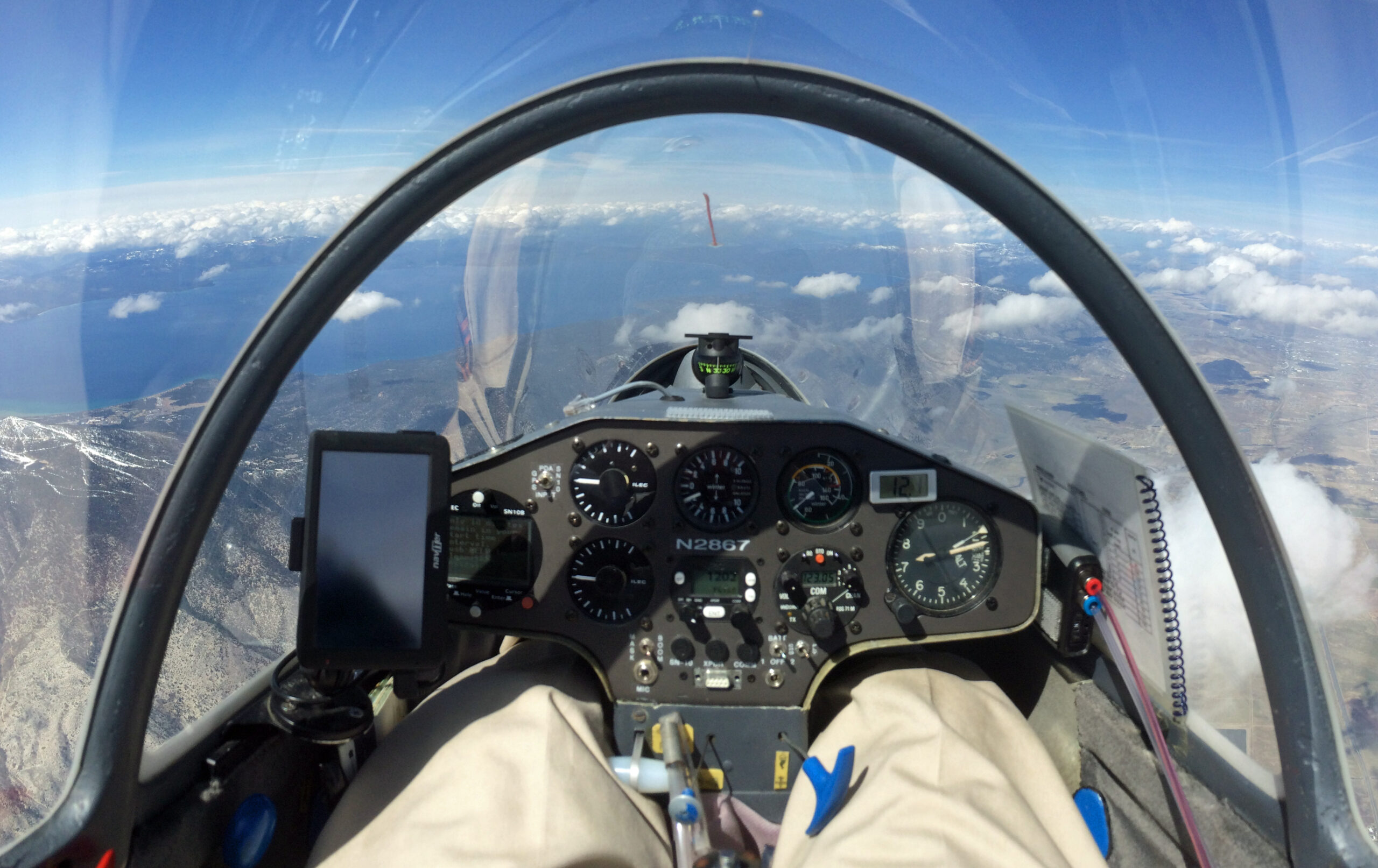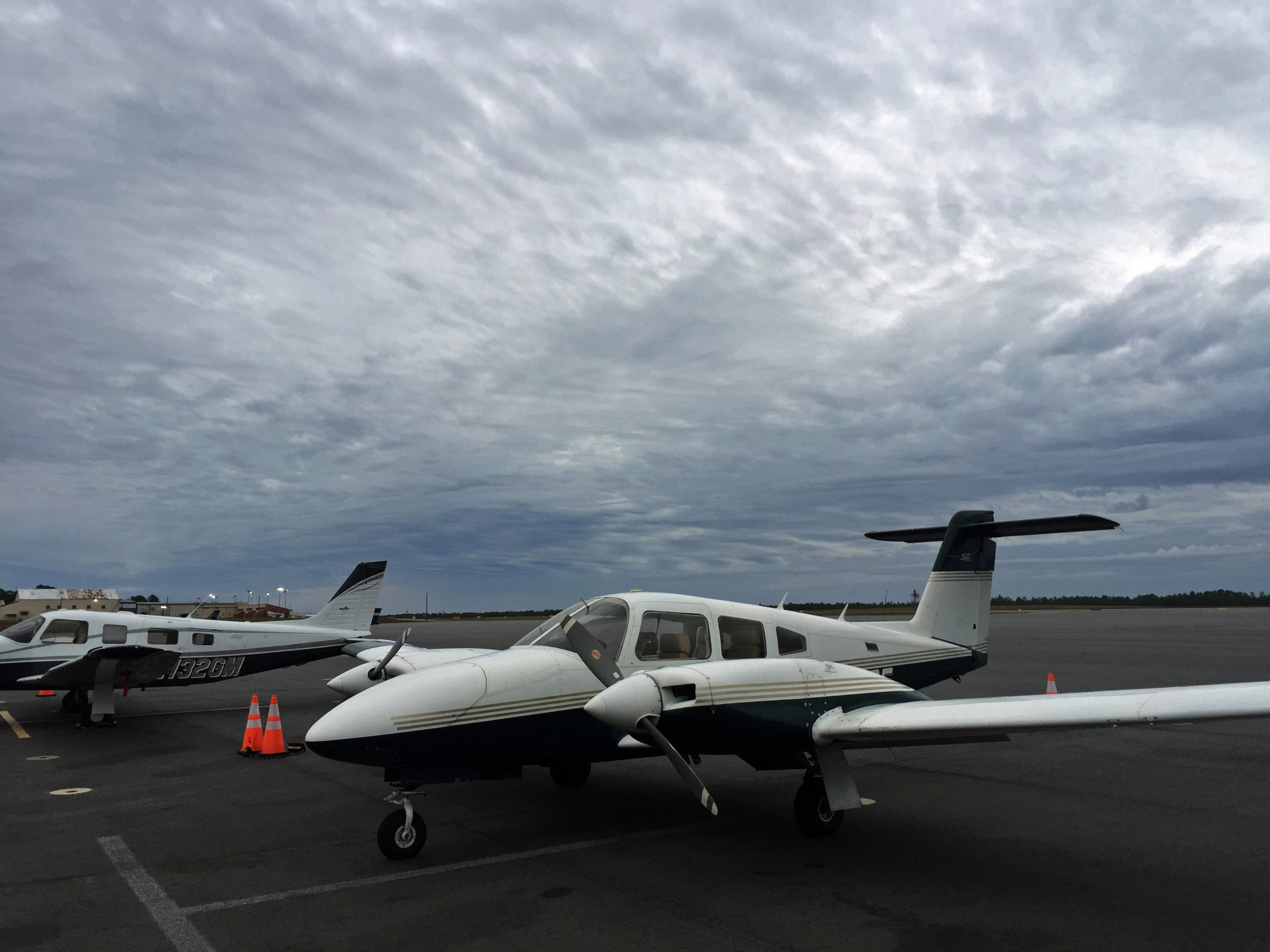ON REDDIT’S r/flying I recently shared what turned out to be an overly low, erroneous figure regarding how few people complete entry level Private Pilot flight training. It turns out about 20% of people who start will finish.
I often read posts saying, “I just did a discovery flight. It was amazing! I’m going to quit my job and borrow $100,000 for flight training. Blah. Blah. Blah. What do you think of my plan?” A discovery flight is all fun; the realization that learning to fly is work sets in after several lessons. And lots of money.
Here are three webpages suggesting causes why people drop out. I’ve listed the name, linked to the page, and copied the reasons shared.
Flying – Don’t Quit After Your First Solo
1: Running Out of Money for Training
2: Forced Repetition of training
3: Poor Guidance
4: ‘Instructorous-disappearous’
5: Life Gets in the Way
6: They Scare Themselves
7: Lack of Airplanes
Kingsky – Why Some People Fail Pilot Training
1. Losing Interest or Motivation
2. Ground School Is Challenging
3. Incompatible Programs or Flight Instructors
4. Challenging Failures or Stalled Progress
5. Unprepared to Take Full Command of the Aircraft
6. Financial Challenges
Boldmethod – 11 Reasons Why 80% Of Student Pilots Drop Out Of Training
1) Lack Of Structured Training
2) Finances
3) Medical Problems
4) Poor Flight Instruction
5) Checkride Failures
6) Not Setting Clear Goals
7) Killing The Fun Of Flying
8) The “Solo Plateau”
9) Flying Is Much More Work Than Anticipated
10) Airsickness
11) Flight Training Isn’t A Priority
Some of the items seem a little vague or generic, but what can we as instructors do to help things? You’ll see “finances” in one form or another on all three lists.
Flying is not cheap. The people who start and don’t finish have spent a lot of money with nothing to show for it. That’s a sad waste of money, particularly for someone who probably didn’t have it to begin with. I’m a fan of Dave Ramsey and Clark Howard for money management – if you can’t afford to finish, please don’t start. As much as I enjoy flying and want others to learn, I don’t want them to spend a lot of money on something they are not going to finish.
Poor instruction is a common factor. In the public school system there is a concept called “beginning with the end in mind.” Training should be focused on getting to- and through the checkride – “the end” – as efficiently as possible. How do you do that? Use a syllabus for both sequencing and tracking the training. I like to start each lesson with a plan I’ve jotted down on a note pad. The Learner already knows what we are doing and why. I think the customers are reassured when the instructor has a plan and they get input. This stuff is too expensive not to have a plan.
Changing instructors along the way, sometimes even more than once, is common. A training record in the form of a syllabus lets the Learner smoothly transition from one CFI to another. I was – I must admit – unaware of the requirements of 61.87 when I took my first airplane instructor checkride. It’s important for Learners to know CFIs are not cheating them when they need to see some things before they can sign a (new) solo endorsement. (I have to see it, but they are paying for it!)
Even a pilot who doesn’t want to be an instructor but has no other option to build time can be an adequate instructor by following the same syllabus prep items.
Along with finances, it’s important the potential Learn knows that there’s a lot of work involved in becoming a pilot. Probably more studying required than they’ve done in a long time. Good prep saves time.
Not everyone has the health of an action figure on the big screen. It’s important very early on to mention the need for a medical and that there are pitfalls to avoid. I do not advocate lying. I want people to get smart on the process before they go get a medical. And I want them to get a medical early in the training. Funny story – the only person I’ve sent for a traditional initial ASEL Private Pilot checkride* went for it using BasicMed. He’d like to do Commercial, but won’t qualify for a traditional medical anymore.
I had a 1500-hour Army helicopter pilot wanting to pursue AMEL Commercial. We made a plan that fit his personal circumstances. In 33.5 hours we did AMEL Private, AMEL Commercial, and Airplane Instrument. The only flight not fulfilling a specific, identified in advance FAR requirement was the flight home from the last checkride. This provided 23 hours of PIC multiengine time. My Learner was happy with the plan and now has a job flying ME airplanes. Success!
I like to share something I was told as a young Army Captain by an old, retired Sergeant: “Plan your work, and work your plan.” It works most every time!
Please share your comments on how instructors can help more Learners get through their Private Pilot checkride.
*As I write this I’ve sent ten people for checkrides with ten successes. The Gold Seal paperwork has been submitted! Two of the ten were CFIs and six were AMEL.


